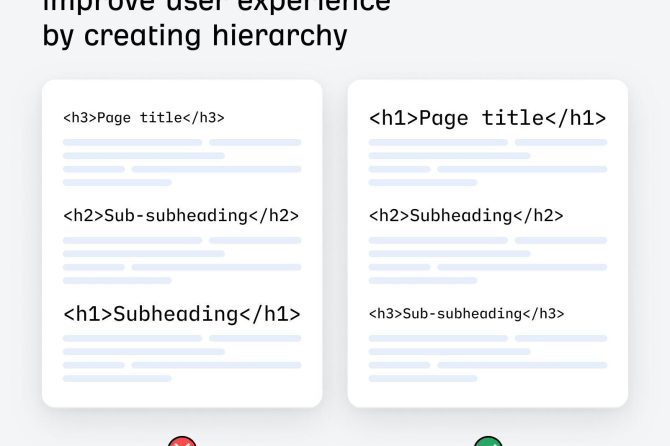Golf Course Navigation and Strategic Adaptation for Success in the PGA Championship
The PGA Championship is one of the most prestigious golf tournaments in the world. It is a major test of golf skills, and the course can be very challenging. In order to be successful in the PGA Championship, players need to be able to navigate the course effectively and adapt their strategies to the conditions. Players have to be aware of each hole’s layout, take into consideration hazards like bunkers and water, and optimize their shots accordingly. They should not be afraid to adjust their game plan if the conditions change because the weather and wind can have a significant impact on the course. To perform well, players need to have a positive mindset and stay focused throughout the tournament. The PGA Championship is a demanding tournament, but it is also a great opportunity for players to showcase their skills and compete against the best in the world.
– Adapting to Course Conditions: Combating Wind and Rough
Adapting to Course Conditions: Combating Wind and Rough
Wind and rough can be two of the most challenging conditions to play in during the PGA Championship. Strong winds can make it difficult to control your shots, while dense rough can make it hard to find your ball. To combat these conditions, you need to adapt your strategy and use the correct techniques.
Wind
- Play the wind. When the wind is blowing, the best way to play is to take advantage of it. Use the wind to help you hit longer shots, and use it to shape your shots around obstacles.
- Adjust your swing. When the wind is blowing, you need to adjust your swing to compensate. You need to swing more smoothly and with less power, and you need to keep your head down and your eyes focused on the ball.
- Use the right equipment. When the wind is blowing, it is important to use the right equipment. You need to use a club with a lower loft so that you can hit the ball lower and keep it in the wind. You should also use a ball that is designed to fly in the wind.
Rough
- Hit a punch shot. When you are in the rough, you need to hit a punch shot. This is a short, low shot that is designed to get the ball out of the rough and onto the fairway. To hit a punch shot, you need to keep your head down and your eyes focused on the ball. You should also swing smoothly and with less power.
- Use a wedge. When you are in the rough, you should use a wedge to hit your shots. Wedges are designed to hit the ball out of the rough, and they can also help you to control your shots.
- Be patient. When you are in the rough, you need to be patient. It may take a few shots to get the ball out of the rough, and you need to stay focused and keep your composure.
– Strategic Shot Selection: Navigating Hazards and Exploiting Opportunities
## **Strategic Shot Selection: Navigating Hazards and Exploiting Opportunities**
Effective strategic play is crucial for success in the PGA Championship. Players must consider various factors when selecting their shots, including the course layout, wind conditions, and their own strengths and weaknesses. Accurate driving is paramount, as it sets the stage for the rest of the hole. Players must assess the distance to the green and any potential hazards that may lie in the way. Lay-ups may be necessary to avoid trouble, but they must be executed precisely to leave a favorable approach to the green. Choosing the correct approach shots is also critical, as players must balance distance and accuracy to set up a makeable putt.
Proper execution of pitch shots and chips is essential for saving par or making birdie. Greens in the PGA Championship are often firm and fast, making it challenging to stop the ball close to the pin. Players must select the appropriate club and execute the shot with precision to land the ball on the putting surface. Putting is often the difference between success and failure and players must exhibit sound decision-making and execution on the greens. They must carefully read the line and speed of the putts and adjust accordingly to minimize the number of putts taken.
– Divot Repair Techniques: Preserving Course Quality and Enhancing Playability
Divot Repair Techniques: Preserving Course Quality and Enhancing Playability
Divot repair is an essential aspect of golf course maintenance that helps preserve the quality of the playing surface and enhances the overall player experience. Proper divot repair techniques promote healthy turf growth, reduce wear and tear, and contribute to the course’s overall aesthetic appeal. By adhering to responsible divot repair practices, golfers can help ensure that the course remains playable and enjoyable for everyone.
-
Replacing the Divot: This method involves carefully removing a small piece of turf from a nearby area and placing it into the divot. The new piece of turf should match the surrounding grass in terms of type, length, and color. Once placed, the turf should be gently tamped down to ensure good soil contact.
-
Filling and Seeding: This technique involves filling the divot with a mixture of sand and seed. The sand provides immediate support for the surrounding grass, while the seed helps to establish new turf growth. After filling the divot, it should be lightly watered to promote germination.
| Divot Repair Techniques | Description |
|---|---|
| Replacing the Divot | Remove a small piece of turf from a nearby area and place it into the divot. |
| Filling and Seeding | Fill the divot with a mixture of sand and seed. Lightly water to promote germination. |





